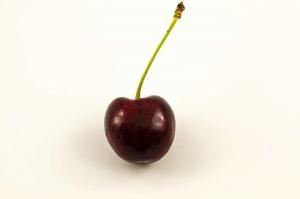Introduction
When it comes to indoor plants, the type of pot you choose can significantly impact their growth and overall health. With so many options available, it can be daunting to know which one is best for your precious greenery. In this article, we will explore the various types of pots and their pros and cons, helping you make an informed decision on what pot is best for your indoor plants.
Plastic Pots
Plastic pots are some of the most common pots used for indoor plants. They are lightweight, affordable, and come in a range of sizes and colors. They are also highly durable and can withstand extreme temperatures, making them ideal for plants that require varying levels of heat and cold.
However, plastic pots are not the most eco-friendly option available, as they do not break down easily and can harm the environment if not disposed of properly. They also do not have the best drainage system, which can lead to waterlogging and root rot if not monitored carefully.
Terra Cotta Pots
Terra cotta pots are made from baked clay and have a highly porous structure. This allows for better air circulation and improved drainage, making them ideal for plants that require dry soil conditions. They are also aesthetically pleasing and can add a touch of rustic charm to your indoor space.
However, terra cotta pots are heavy and fragile, making them difficult to move around and prone to breakage. They also tend to absorb moisture, which can lead to the soil drying out quickly and requiring frequent watering.
Ceramic Pots
Ceramic pots are another popular choice for indoor plants. They come in a range of sizes, shapes, and colors, making them versatile and attractive. They also have excellent drainage capabilities and can maintain consistent soil moisture levels, allowing for optimal plant growth.
However, ceramic pots can be costly and fragile, requiring careful handling to prevent breakage. They also tend to retain excess moisture, which can lead to overwatering and root rot if not monitored carefully.
Self-Watering Pots
Self-watering pots are an increasingly popular choice for indoor plants. They feature a reservoir at the bottom of the pot that wicks water up to the soil, providing consistent watering while preventing waterlogging and root rot. They also require less frequent watering, making them a low-maintenance option.
However, self-watering pots can be costly and require specific soil types to function correctly. They can also be prone to mold and mildew growth if not cleaned and maintained properly.
Conclusion
Choosing the right pot for your indoor plants can significantly impact their growth and overall health. When selecting a pot, consider the plant's individual needs, the pot's drainage capabilities, and the level of maintenance required. By taking these factors into account, you can select a pot that will provide your plants with the best chance of thriving, making your indoor space a lush and inviting oasis.

 how many times do yo...
how many times do yo... how many planted tre...
how many planted tre... how many pine trees ...
how many pine trees ... how many pecan trees...
how many pecan trees... how many plants comp...
how many plants comp... how many plants can ...
how many plants can ... how many plants and ...
how many plants and ... how many pepper plan...
how many pepper plan...































